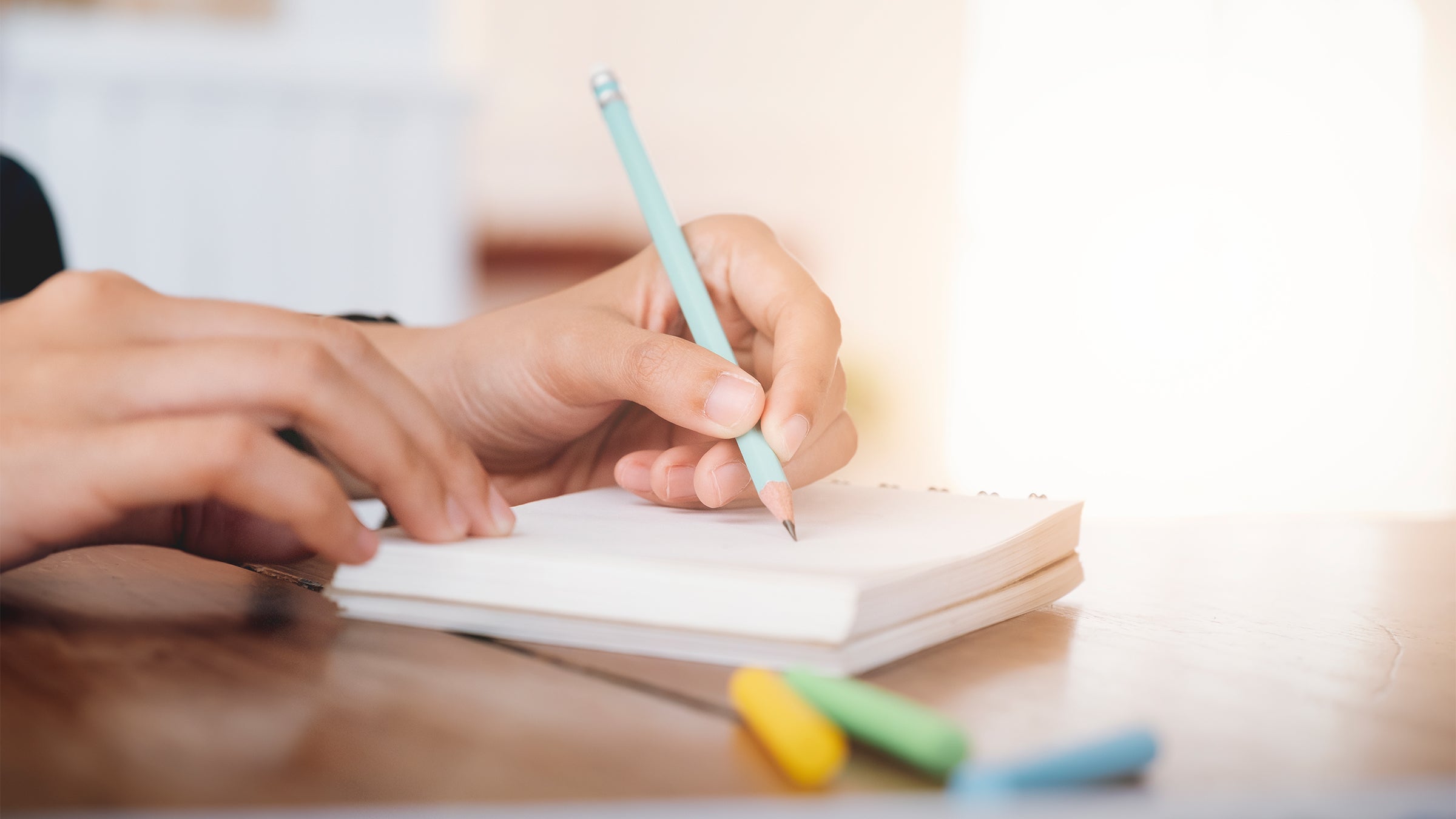6 Ways to Track Your Fitness Progress

When you commit to fitness, you want to see results. Yet while numerous diet and exercise programs ask you to track your weight to monitor progress, the scale isn’t the best judge. “Weight doesn’t tell the whole story,” says Lauren Jenai, co-founder of CrossFit and founder of Manifest. “It doesn’t reflect changes in body composition, such as gains or losses in muscle.”
Plus, scale weight can fluctuate dramatically for numerous reasons, which can make it seem like you’re not progressing. And for some people, the idea of getting on a scale causes anxiety and feelings of self-loathing, the opposite of what improved fitness is about, Jenai adds.
Truth is, there’s no single best way to track your fitness program because every method has advantages and disadvantages. It also depends on your fitness goals and personal preference, which is why what works for one person won’t necessarily work for another.
So if not the scale, then how should you track your progress? Here are six methods:
Take progress pictures.
Every four weeks, take a photo of your front and side, which will help you see changes in definition from month to month. “When using progress pictures, you’re able to see even the smallest bit of change in your body, which is exciting,” says Anel Pla, certified personal trainer at Simplexity Fitness in Guttenberg, New Jersey.
Measure your circumference.
Got a measuring tape? Then put it to use, measuring your neck, chest, waist, hips, right biceps and forearm, and right thigh and ankle. (You also can measure your left side if that’s easier.) What the scale will never tell you is whether you’re gaining muscle and losing fat, which is where this method can help. “When people begin working out, they often get discouraged when they don’t see a change in the scale,” Pla says. “What many people may not realize is that when you start exercising, your muscles retain more water, which makes your weight a little higher than usual.” With circumference measurements, though, you’re able to see how many inches you’ve lost or gained on various parts of your body. “It’s a great way to tell if you’re tightening up and losing fat,” she says. Do this every six to eight weeks.
Log what you eat and what exercises you’re doing daily.
This might sound like a chore, but there’s good reason to do it. “When you log your food and activity, you’re also logging your consistency, and that consistency is what leads to improved health and fitness,” Jenai says. By tracking this information, either on paper or via your devices, it’s not only encouraging, but it also helps you gauge if what you’re doing is working or not, if changes are needed and if you’re progressing. For instance, you may notice that you become lethargic when you don’t take rest days, or you might see that workouts you once thought were tough or impossible no longer are.
Keep track of certain health markers.
Logging what you eat and how you exercise is a start, but if you want even more input into how your fitness is progressing, monitor certain health measures like LDL (aka bad cholesterol), triglycerides and fasting glucose levels. Get this information during your annual physical, order in-home lab tests that track these or do a combo of the two. Why are these metrics key? “These three are the strongest indicators of the presence of chronic health issues like heart disease, diabetes and obesity,” Jenai says. “For optimal health and fitness, you should strive to keep your triglycerides and fasting glucose levels low and your HDL (aka good) cholesterol levels high.”
Consider your clothing.
Leave it to your wardrobe to track your fitness progress. Have you noticed any clothing changes since you began your fitness journey? While you can measure inches and observe changes via pictures, nothing tells the truth like clothing — and if your body is starting to reshape itself because of your fitness program, you’ll see it in how your clothing fits, Pla says.
Evaluate your happiness.
Think about your happiness before you began your fitness journey and compare it to how you’re feeling now. Do you see any differences in your mood? Are you on a high because you’re feeling like you have a sense of achievement and greater confidence as a result? Or on days you have to skip your workouts, do you notice that your mood dips as a result? These are all good signs your fitness program is working, Pla says.